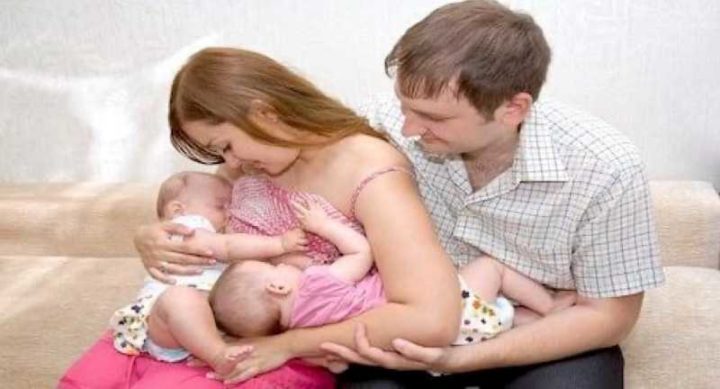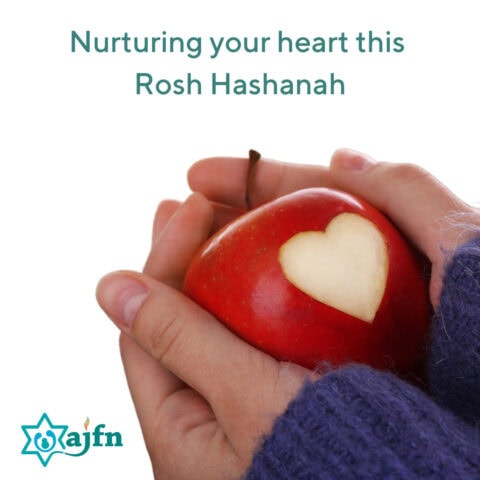Written for World IVF Day 2021
Couples who undergo IVF shouldn’t opt for twins, says a gynaecologist & IVF consultant.
Why chances of multiple pregnancy are high in IVF than normal pregnancy? What are the risks associated with conceiving twins or multiple pregnancies? On World IVF Day, an expert answers all my questions about IVF multiple pregnancy.
It is estimated that more than half a million babies are now born each year from in vitro fertilisation (IVF) and other fertility treatments, providing relief to many childless couples worldwide. IVF is considered the most effective form of assisted reproductive technology, but there are also some potential risks involved. For example, IVF increases the risk of multiple pregnancy, which carries a higher risk of early labour and low birth weight.
This World IVF Day 2021, let’s understand the causes of multiple pregnancy after IVF, what are the related complications and how it can be prevented.
The HealthSite spoke to Dr. Madhuri Roy, Gynaecologist & IVF Consultant, founder, and managing director of Conceive IVF, Pune, to know why the rate of multiple pregnancies (twins, triplets, or higher-order multiples) is higher among women who undergo IVF than women who conceived naturally. Excerpts:
Q. With IVF treatments, the possibility of twins, or multiples seems to be high. In India, what is the multiple birth rate after IVF treatment?
Naturally, twin pregnancy rates are at about 2%. That means twins are rare. With more and more couples opting for IVF, in the recent past, possibility of twins went as high as 43% and triplets and higher order pregnancies to 3% respectively.
The Indian Society For Assisted Reproduction (ISAR) found out that 30-50% of all twins now occur due to infertility treatment. The Indian Council of Medical Research (ICMR) had surprising findings too: When they assessed 113 Mumbai couples, they found 45% of pregnancies via ART/IVF resulted in twins or triplets.
Q. What are the reasons behind IVF multiple pregnancies? Things that increase your chances of having twins.
Multiple pregnancy is one of the complications of IVF/ART but is completely preventable. IVF /ART involves development of multiple embryos and transfer of one or more embryo in the uterus to increase the chances of implantation with each attempt.
This number of embryos is the main reason for multiple pregnancy as each embryo implanted makes one baby. There are strict criteria, based on which, the number of embryos to be transferred is decided (day and grading of embryos, patients age, uterine receptivity, etc). If we do not follow these criteria and transfer more embryos, then the chance of multiple pregnancy increases.
Q. What are the risks associated with conceiving twins or multiple pregnancies?
The human womb is made to carry one child at one time till full term. Add one more foetus and the risks for a pre-term birth or other pregnancy complications increase.
- Life-threatening maternal complications such as hypertension, eclampsia, placental abruption, post-partum haemorrhage, uncontrolled gestational diabetes are two times higher among twin pregnancies.
- Maternal death rates are almost four times higher with twins.
- Multiple births increase the risk of premature birth and low birth weight in the babies. Almost 60% of twins and 90% of triplets are delivered pre-term.
- Pre-term births are especially dangerous. It can lead to infant mortality or long-term mental and physical disabilities in the child. Beyond initial expensive neonatal care costs, a pre-term infant may also require continued care for learning difficulties, chronic lung conditions, or immune system problems in later life.
Q. What can be done for prevention of multiple pregnancy in IVF?
Limiting the number of embryos transferred in an IVF cycle is the single best way to reduce multiple pregnancy risks. Under any circumstances not more than 3 embryos should be transferred. Guidelines from ASRM (American society of Reproductive Medicine) ICMR /ISAR (Indian Society of Assisted Reproduction) recommends a single embryo transfer (SET), not multiple.
In women less than 38 years of age and with good quality eggs and embryos, SET is the safest option and should be adopted by all. This can be very well achieved with proper counselling of the patient.
Q. Cautions to be taken when a mother has a multiple pregnancy after IVF?
Specific management for the mother with multiple pregnancy is recommended; which includes:
- Increased nutrition
- More frequent visits to doctor. Multiple pregnancy increases the risk for complications. More frequent visits may help detect complications early enough for effective treatment or management.
- Testing may be needed to monitor the health of the foetuses, especially if there are pregnancy complications.
- Tocolytic (Uterine Relaxants) medications. Tocolytics may be given, if pre-term labour occurs, to help slow or stop contractions of the uterus.
- Women might need steroid injection for the foetal lung maturity in case of pre-term labour.
- Women might need Cervical cerclage (a procedure used to suture shut the cervical opening) is used for women with an incompetent cervix.
Q. Some couples are deliberately opting for IVF treatment to have twins, especially working parents. What is your view on this?
ART (Assisted Reproductive Technology) is one of the best scientific developments of the century, but any technology is to be used judiciously and for the betterment of the mankind. Neither the parents should opt for twins, nor the fertility specialists should encourage such practices.
Even with working parents, being pregnant with twins puts more stress medically on her health. A working mother may need more days off from work. Also, babies can be born prematurely, and may need more critical care for a longer time and suffer from long term health issues, so it’s not a viable option for working parents.
Difficulties Related to Multiple Pregnancies
Multiple pregnancies and births are associated with a wide range of negative consequences for both mother and a baby. These major consequences and difficulties include:
Maternal Obstetric:
- Miscarriage
- Foetal reduction
- Pregnancy complications: anaemia, pre-eclampsia, gestational diabetes, intra-uterine growth retardation
- Caesarean section
- Post-partum haemorrhage
- Mortality
Maternal Postnatal:
- Infection
- Bleeding
- Isolation, stress, depression
- Bonding with child or children
Child Perinatal:
- Prematurity
- Low birthweight
- Mortality, morbidity
- Malformations
Child Long-term:
- Cerebral palsy
- Disability
- Learning difficulties
- Infant mortality
- Adult health risks (Barker hypothesis)
Family Single-survivor:
- Guilt
- Blamed by parents
Sibling:
- Attention deficit
- Delayed development
Parents:
- Stress
- Isolation, depression
- Divorce
World IVF Day is celebrated every year on 25th July to mark the birth of Louise Brown, the first IVF baby.
By Longjam Dineshwori; 25 July 2021
Source: The Health Site – https://www.thehealthsite.com/pregnancy/infertility/world-ivf-day-2021-the-risks-of-multiple-pregnancy-after-ivf-827636/





